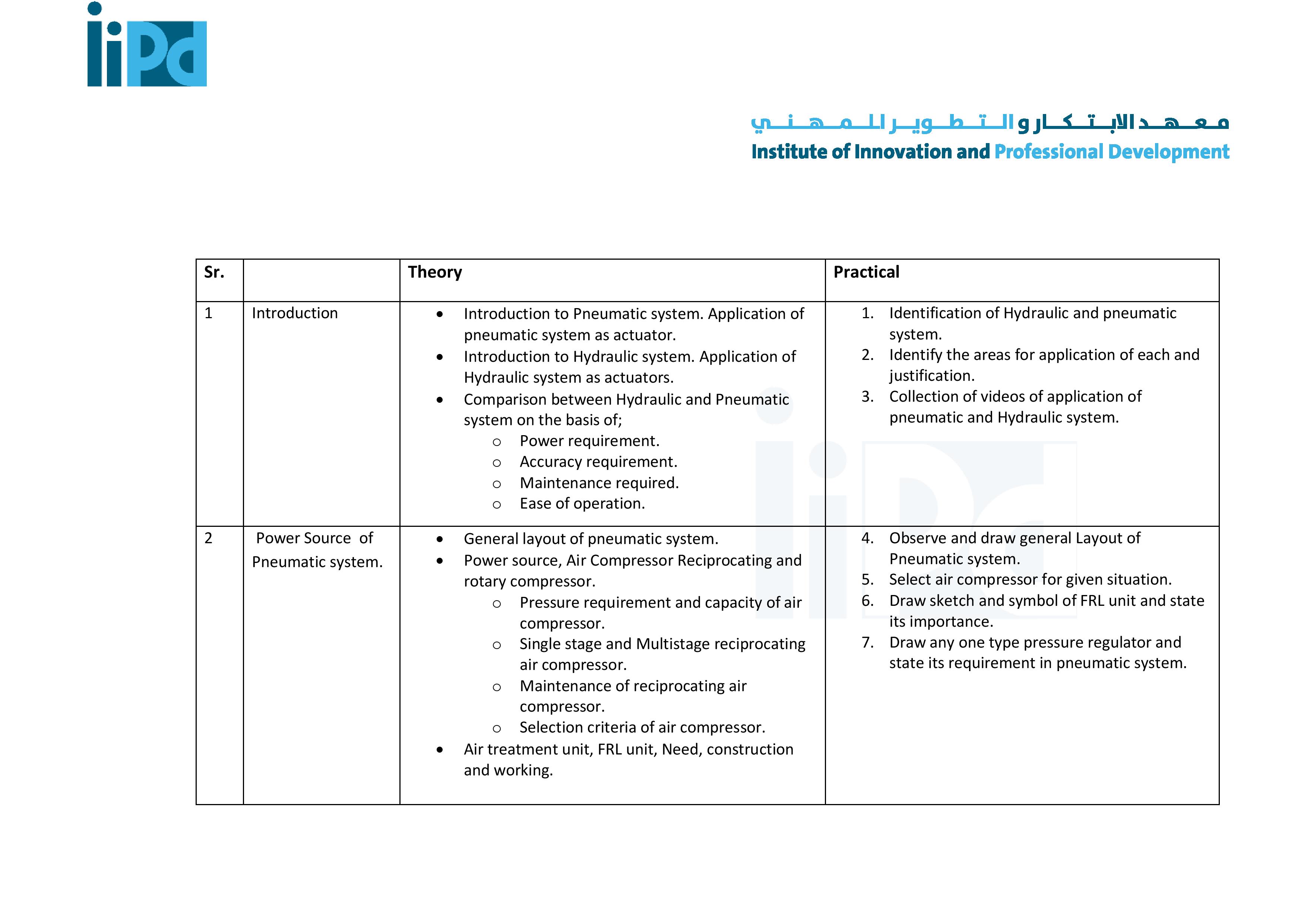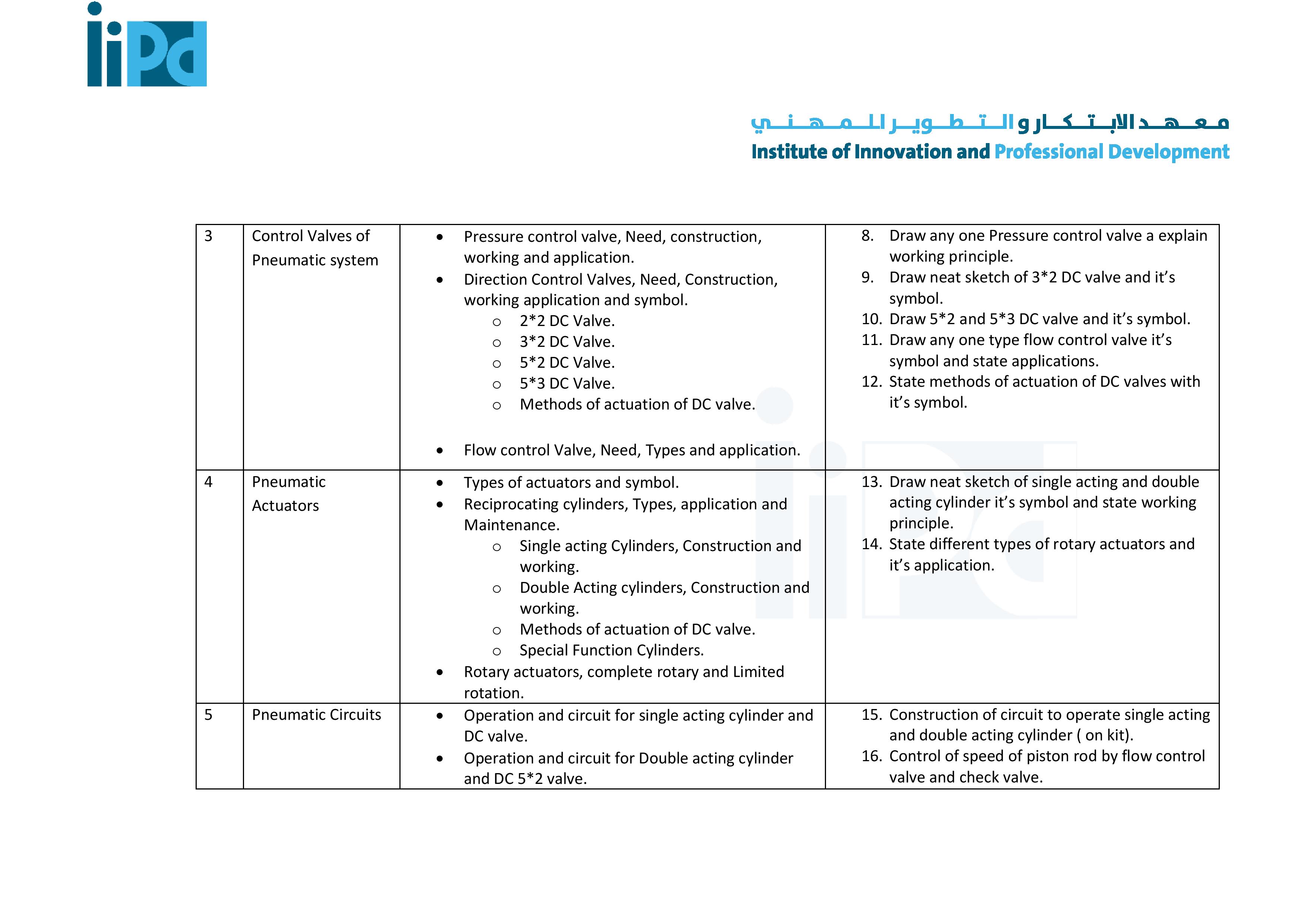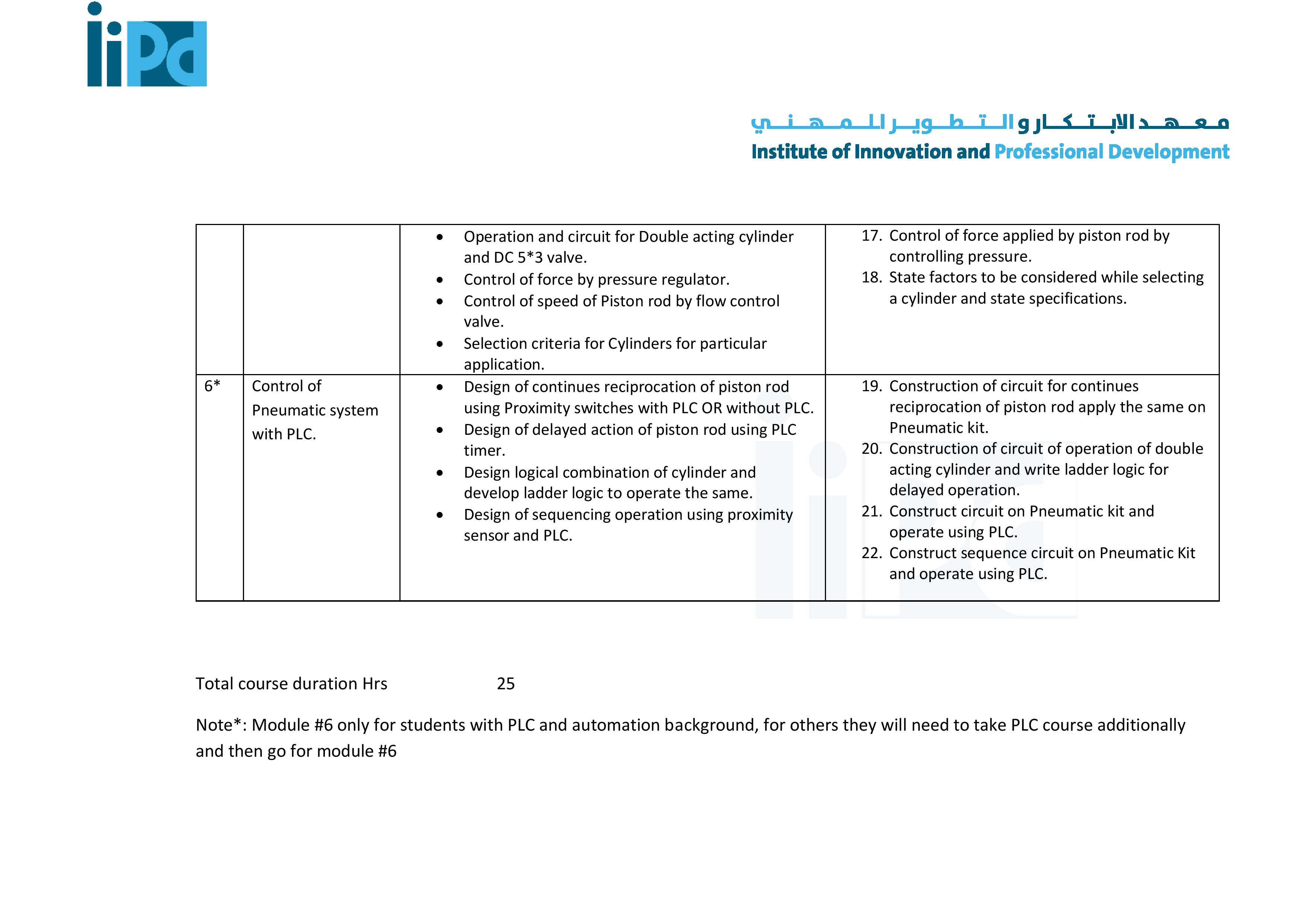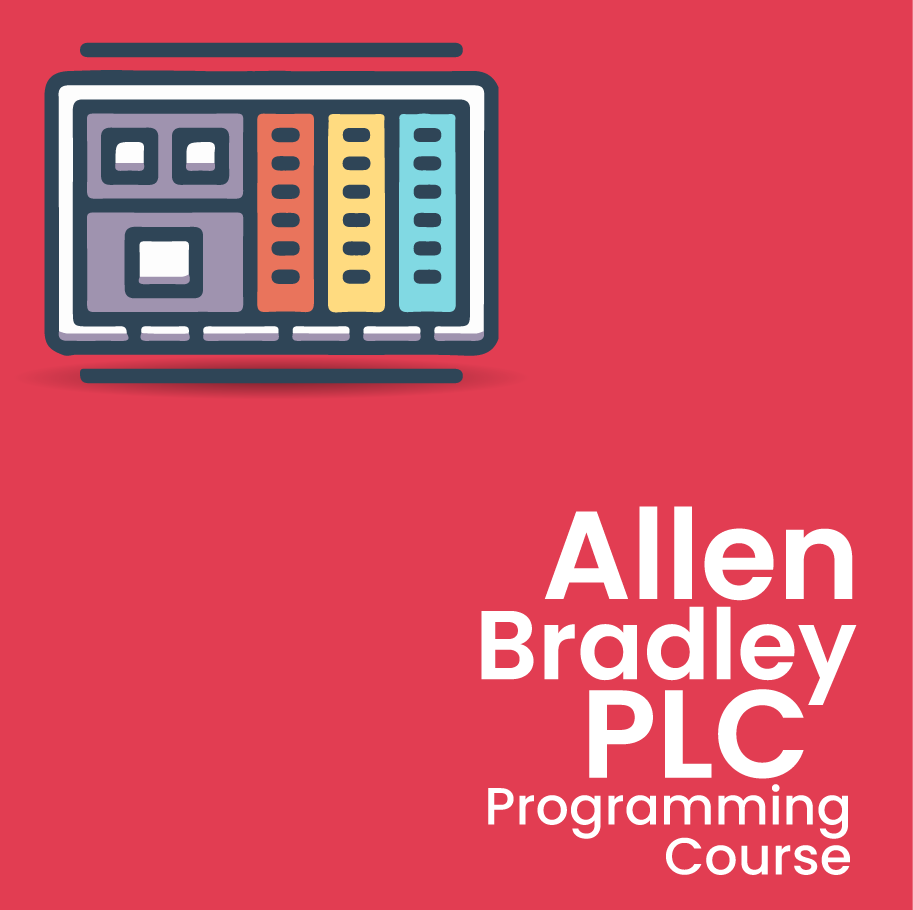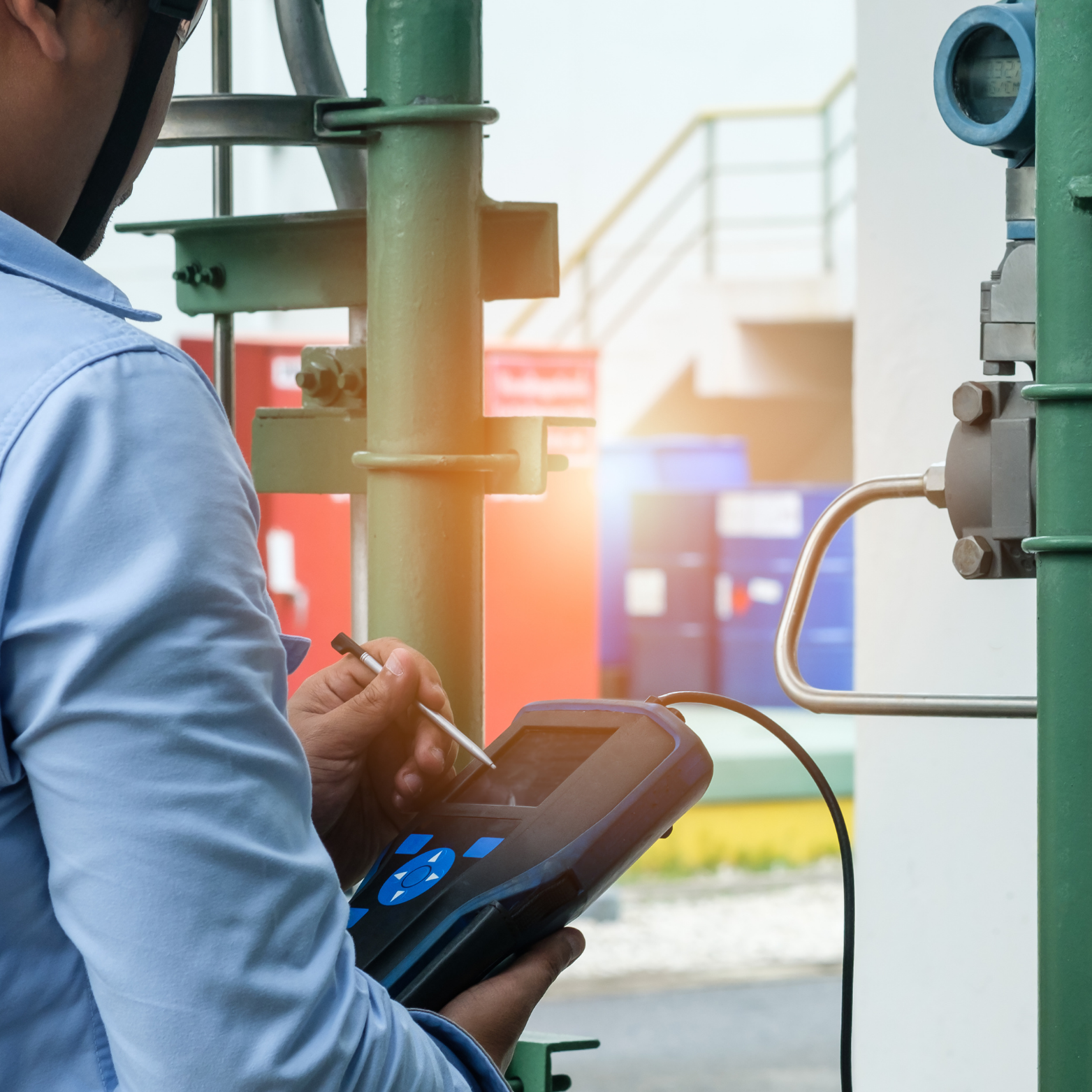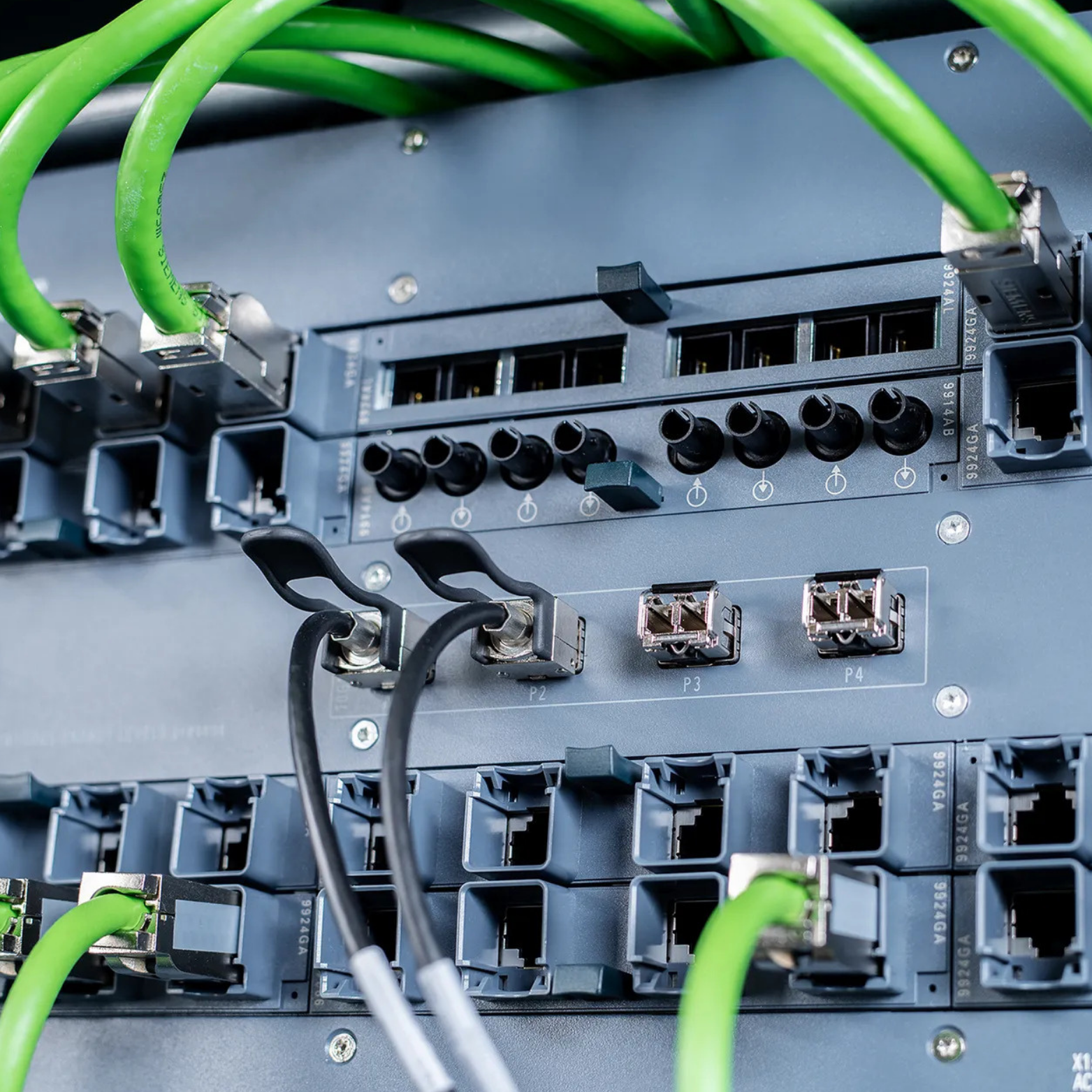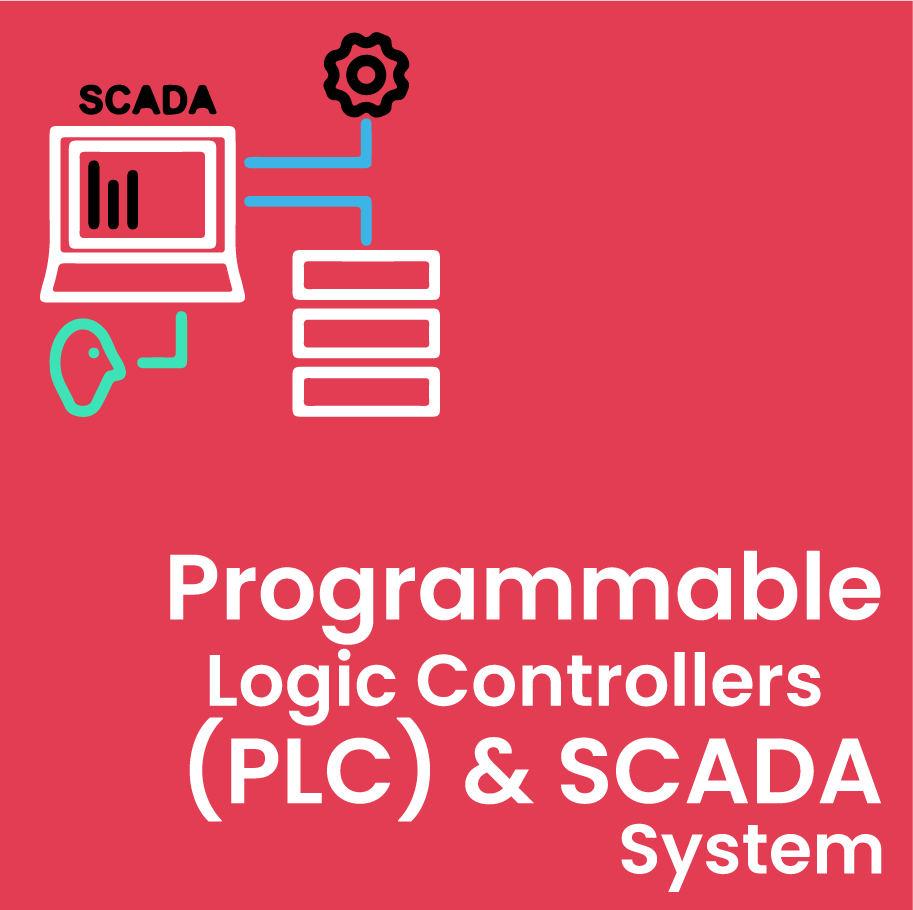The Pneumatics Training course offered by IIPD Global in Dubai is designed to give participants an in-depth understanding of pneumatics and its applications. The course is aimed at individuals who work in industries that use pneumatic systems, such as manufacturing, automotive, and aerospace.
Pneumatics is the study of compressed air and its use in various applications. Pneumatic systems are used to power various machines and equipment, including valves, cylinders, and motors. They are known for their reliability, safety, and efficiency, which make them a popular choice in many industries.
The Pneumatics Training course covers various topics related to pneumatic systems, including the principles of operation, components, and their applications. Participants will learn about the different types of pneumatic systems, their advantages and disadvantages, and how to design and maintain them.
The course is delivered through lectures, demonstrations, and hands-on training. Participants can work with actual pneumatic components, assemble and disassemble pneumatic circuits, and troubleshoot common problems.
Upon completing the course, participants will have a solid understanding of the fundamentals of pneumatics and the skills required to work with pneumatic systems. They will be able to design, install, and maintain pneumatic circuits, troubleshoot common problems, and ensure the safe operation of pneumatic equipment.
Course Contents
Pneumatics training courses are designed to teach individuals the fundamentals of pneumatic systems, including their design, components, and operation. The course typically covers topics such as the properties of compressed air, actuators, control valves, air preparation, and system troubleshooting.
In a typical pneumatics training course, participants learn how to read and interpret pneumatic diagrams, select appropriate components for a given application, and design and build basic pneumatic circuits. They also learn to perform maintenance and repair work on pneumatic systems and troubleshoot common problems.
Course contents are given below
Don't wait any longer to take the next step in your professional journey. Enroll in our Pneumatics Training course today and embark on a path towards success. Invest in your future and witness the transformative power of quality education.

